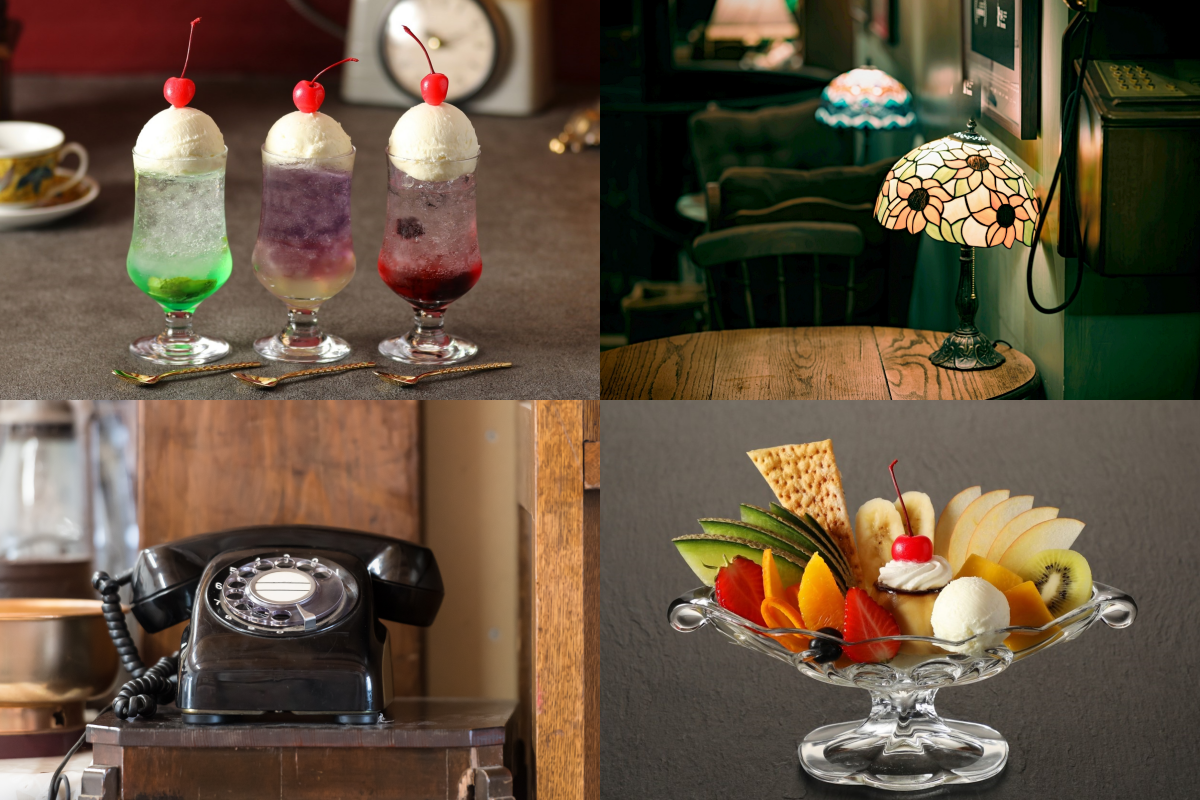
In recent years, “Showa Retro” has been back in the spotlight, especially among Japan’s Generation Z. Kissaten (old-style coffee shops), dagashi shops (traditional candy stores), and film cameras are drawing attention once again, and retro-themed facilities where you can experience the nostalgic atmosphere have been popping up all over the country. In this article, a Gen Z editor takes a deep dive into the charm of Showa Retro by explaining its key features, why it’s so popular, and must-visit spots! Discover the nostalgic world of Showa Retro that captivates both adults and children alike.
*If you purchase or book products introduced in this article, a portion of the proceeds may be returned to FUN! JAPAN.
What is Showa Retro?
Let’s start by looking at the overview and key features of “Showa Retro.”
"Showa Retro" is a Reflection of Showa-Era Culture and Lifestyle
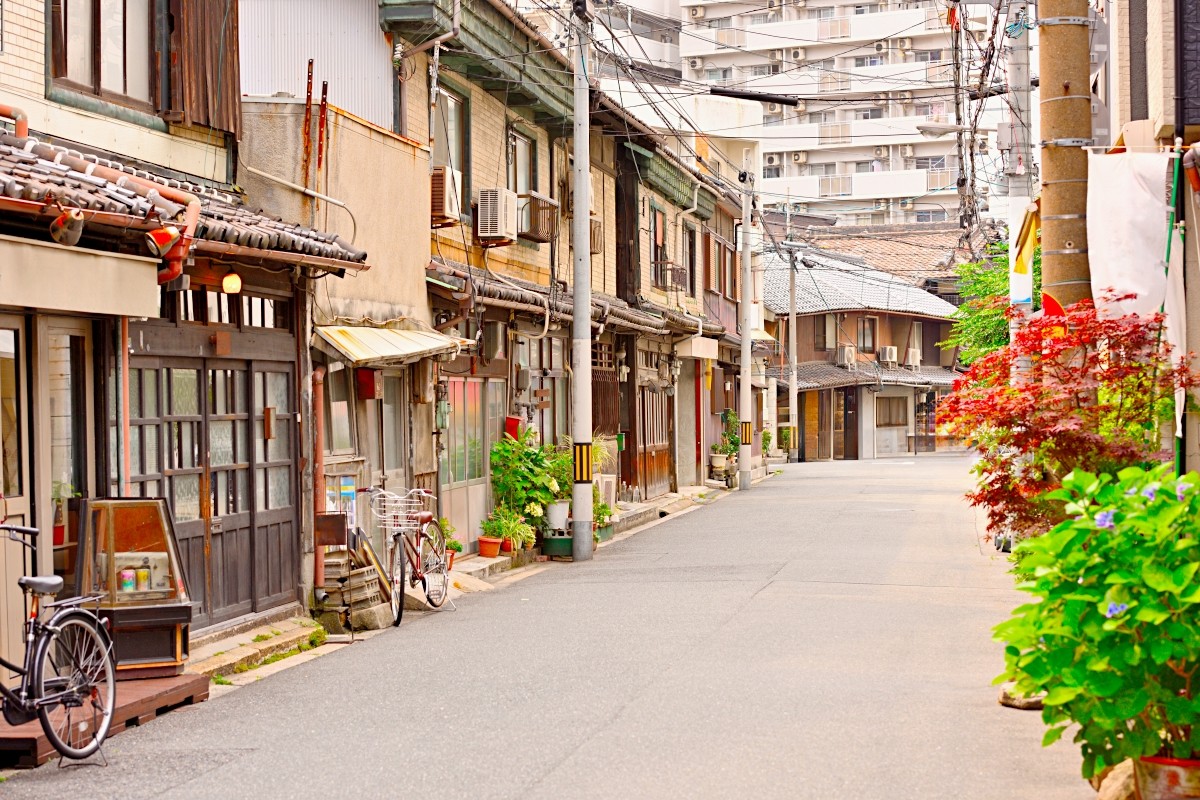
“Showa Retro” refers to cherishing and enjoying the culture and lifestyle of Japan’s Showa era (1926–1989).
It was a time when, after rapid economic growth, people were full of energy and hopeful for the future. Designs and items that were considered cutting-edge back then now appear charmingly unique through modern eyes, giving them a fresh appeal that has led to their renewed popularity.
Features of Showa Retro
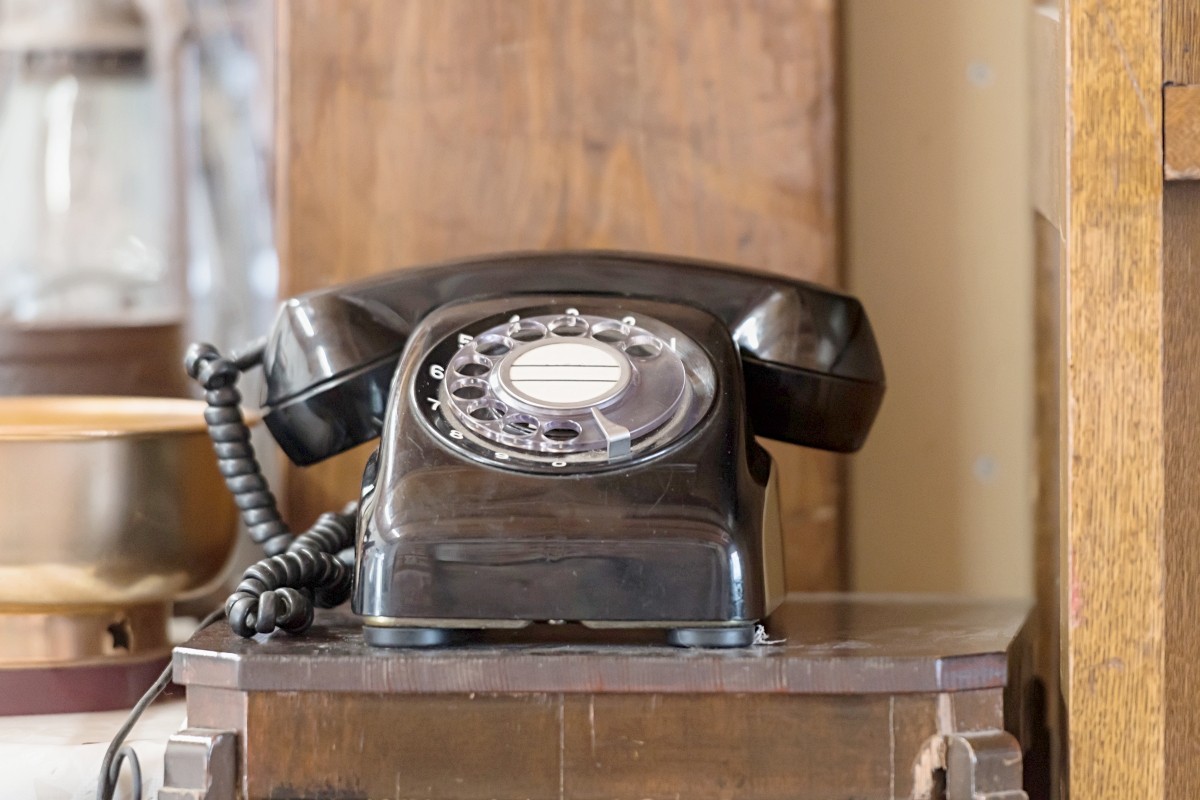
The defining trait of Showa Retro is design that feels simple yet playful and warm.
For example, food replicas lined up in coffee shops, colorful patterned trinkets, and signboards with distinctive fonts all evoke a nostalgic atmosphere. Analog items such as vinyl records, cassette tapes, and rotary dial telephones, which have largely disappeared in today’s digital world, are also iconic symbols of Showa Retro.
Gen Z Is Obsessed! Why Showa Retro is So Popular?
Why are young people in Japan so captivated by Showa retro? From a Gen Z editor’s perspective, there are three main reasons.
1. Visually Appealing for Social Media
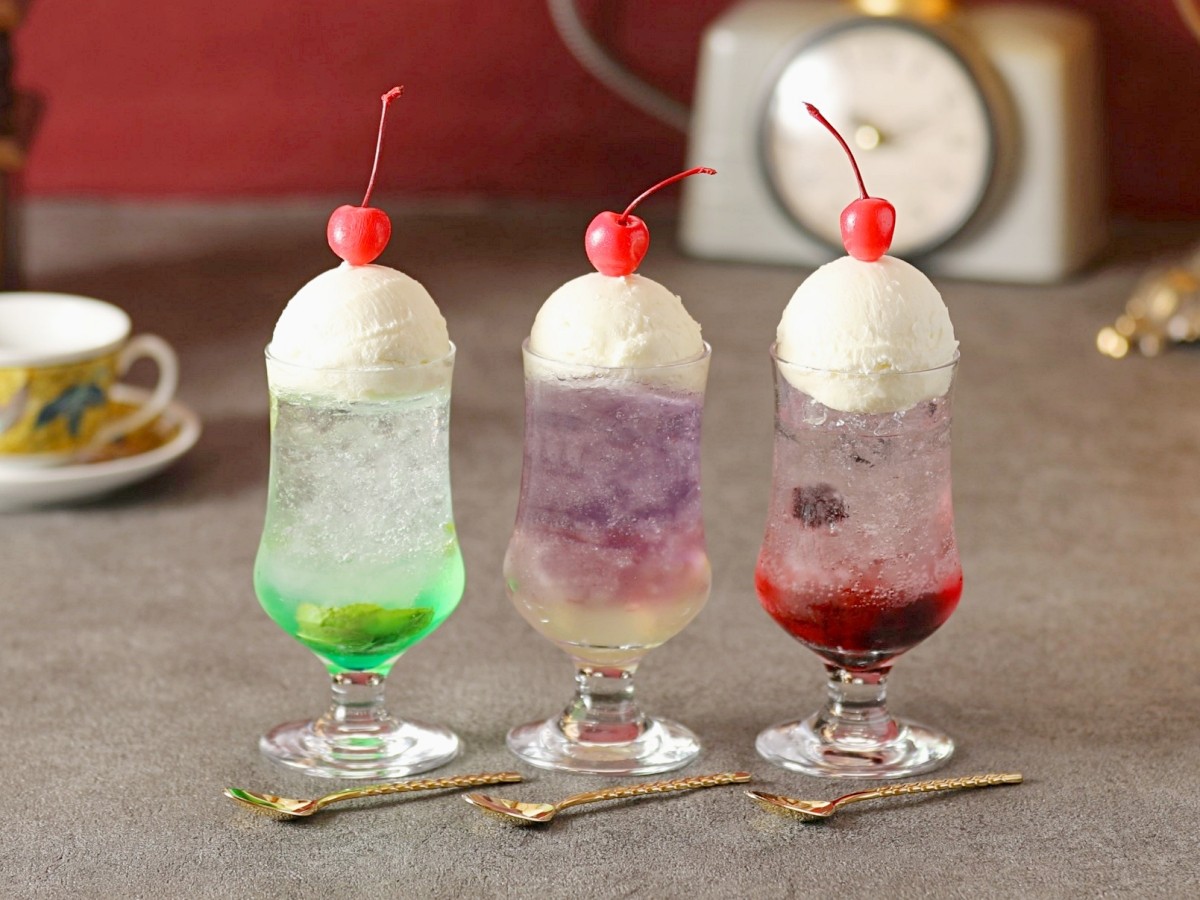
First is the visual appeal. In an age dominated by social media, a sense of "visual freshness" is a major draw for Gen Z. The world of Showa retro offers a color palette and atmosphere distinct from today's sleek cafes and modern gadgets, making it highly "instagrammable".
The vibrant colors of a cream soda, the colorful sweets at a traditional candy store (dagashi shops), or the classic lighting of an old-school coffee shop—all of these elements create a unique aesthetic perfect for photos. The hashtag #昭和レトロ (#showaretro) has hundreds of thousands of posts, and social media sharing continues to fuel the boom.
2. The Charm of Analog Inconvenience
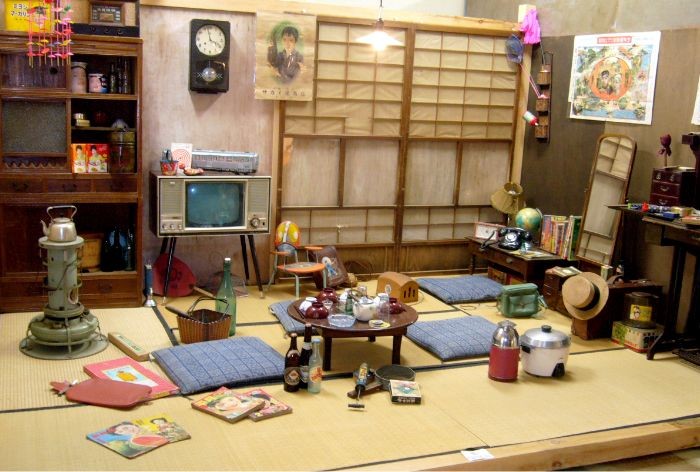
The second reason is the unique inconvenience of analog. For a generation raised on instant digital access, this very inconvenience feels like a new and novel experience.
With a film camera, you can't see your photos right away. Rewinding a cassette tape takes effort, and a record player requires you to carefully drop the needle to hear the music. This hands-on process creates a sense of attachment, turning simple moments into special memories. In a modern society obsessed with speed and efficiency, there's a growing appreciation for the imperfect and human touch of analog.
3. Innovative Yet Nostalgic
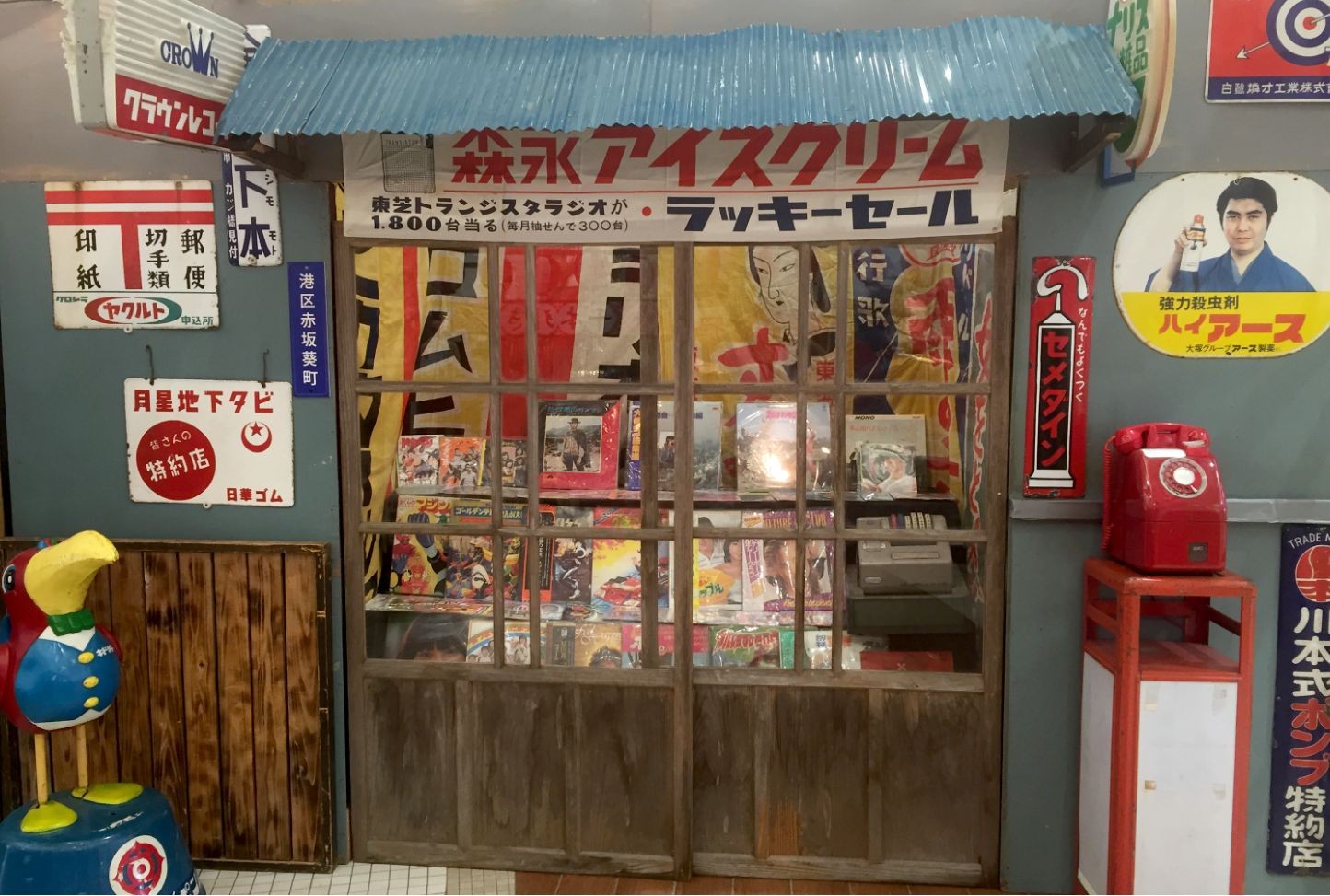
Finally, there's a sense of nostalgia. Showa retro has a mysterious appeal that, while new to the younger generation, still evokes a feeling of familiarity. This could be because the culture is indirectly passed down through anime, movies, and stories from parents and grandparents. Because it feels known even without direct experience, young people feel a connection to it, helping the culture take root.
From Nostalgic Kissaten and Film Cameras to Dagashi Shops! Let's Enjoy Showa Retro!
To really understand Showa retro, you have to look at the items and places that defined daily life back then. Here are a few of the most popular ones.
Classic Cafes (Junkissa)
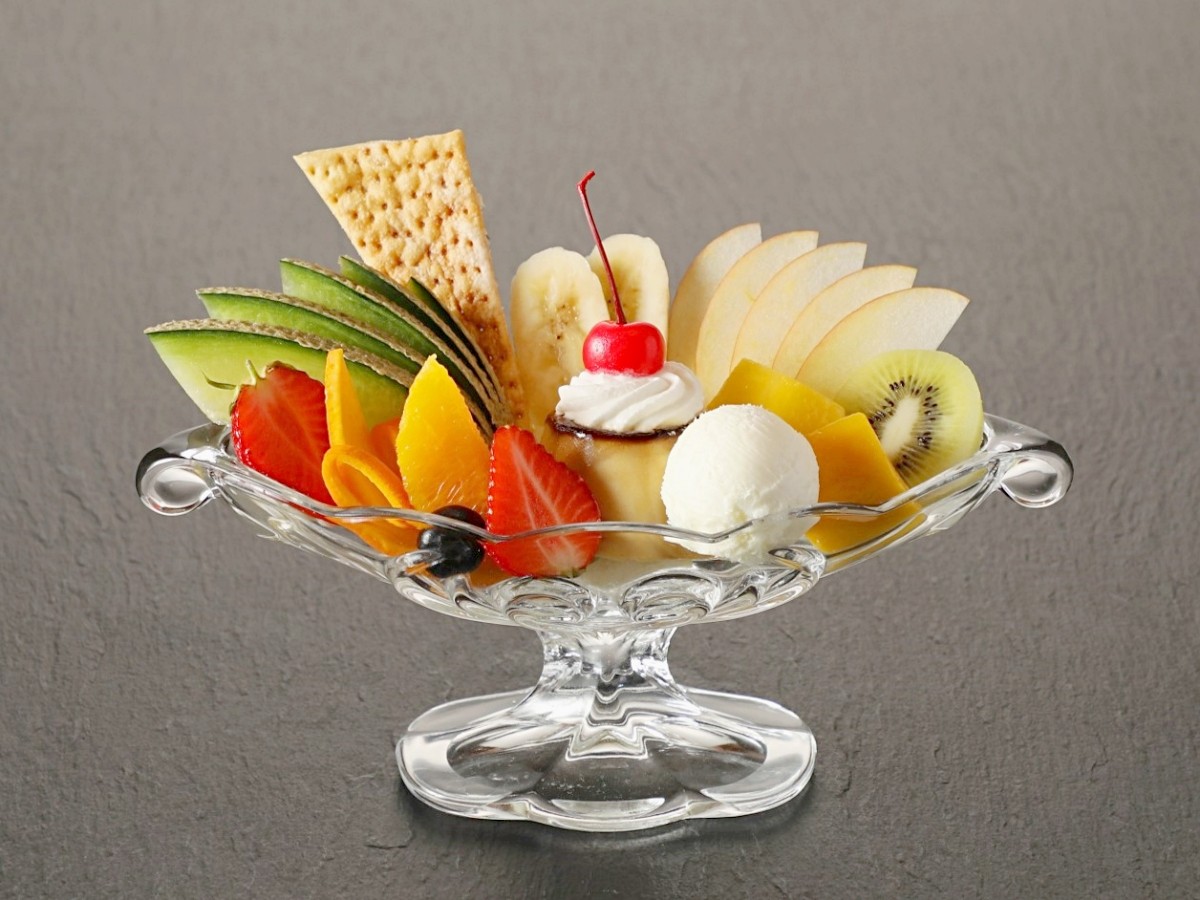
These cafes are a symbol of the Showa era. Each one has its own unique charm, from distinctive lighting and chairs to stained glass windows. You can enjoy classic menu items like cream soda, Napolitan spaghetti, and pudding a la mode while soaking in a laid-back, timeless atmosphere. It's a nostalgic escape that feels like a trip back in time, helping you forget the rush of daily life.
Film Cameras
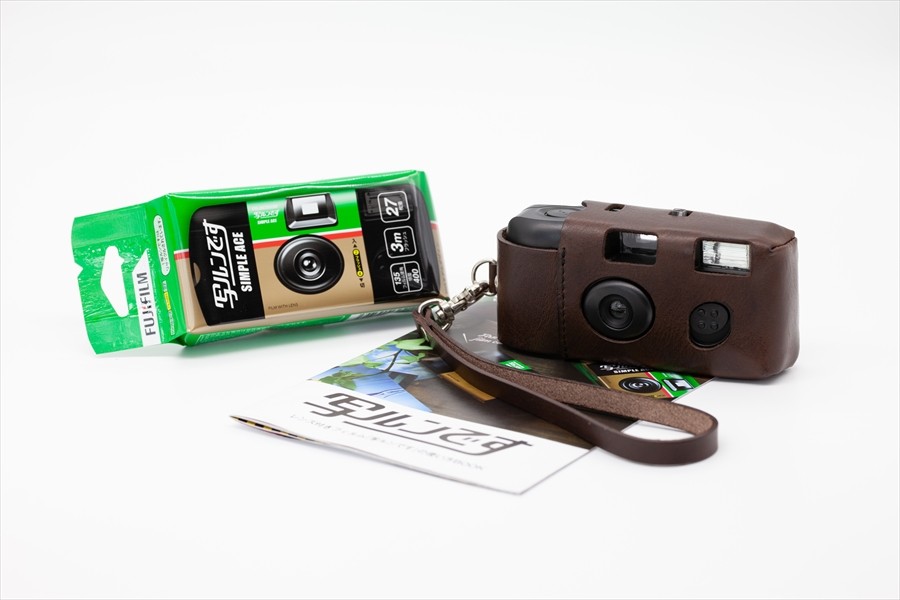
In a world full of smartphones, film cameras are making a big comeback. Instant cameras like the "Fujicolor Utsurundesu" (QuickSnap) are particularly popular because they're easy to use. The suspense of not knowing how your pictures will turn out—and the unique colors and grain you only see when they’re developed—makes for a special memory. The warm, tangible feel of a physical photograph is something digital just can't replicate.
👉 Find "Fujicolor Utsurundesu" (QuickSnap) (Yahoo! Shopping)
Cassette Tape and Records
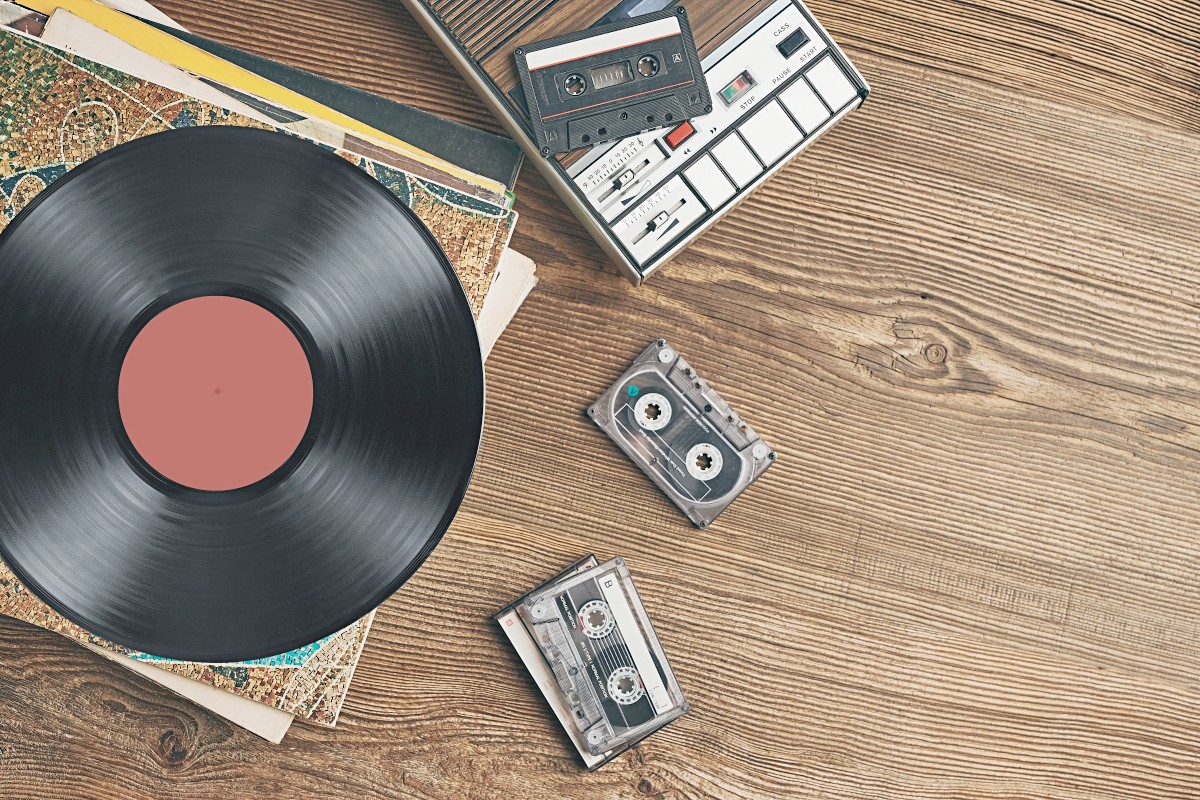
Cassette tapes and records are iconic symbols of Showa-era music. It's not uncommon to find young people today who own record players. The album art itself is a part of the experience, with many people even using the record jackets as interior decorations to capture that vintage vibe.
Dagashi (Traditional Japanese Sweets)
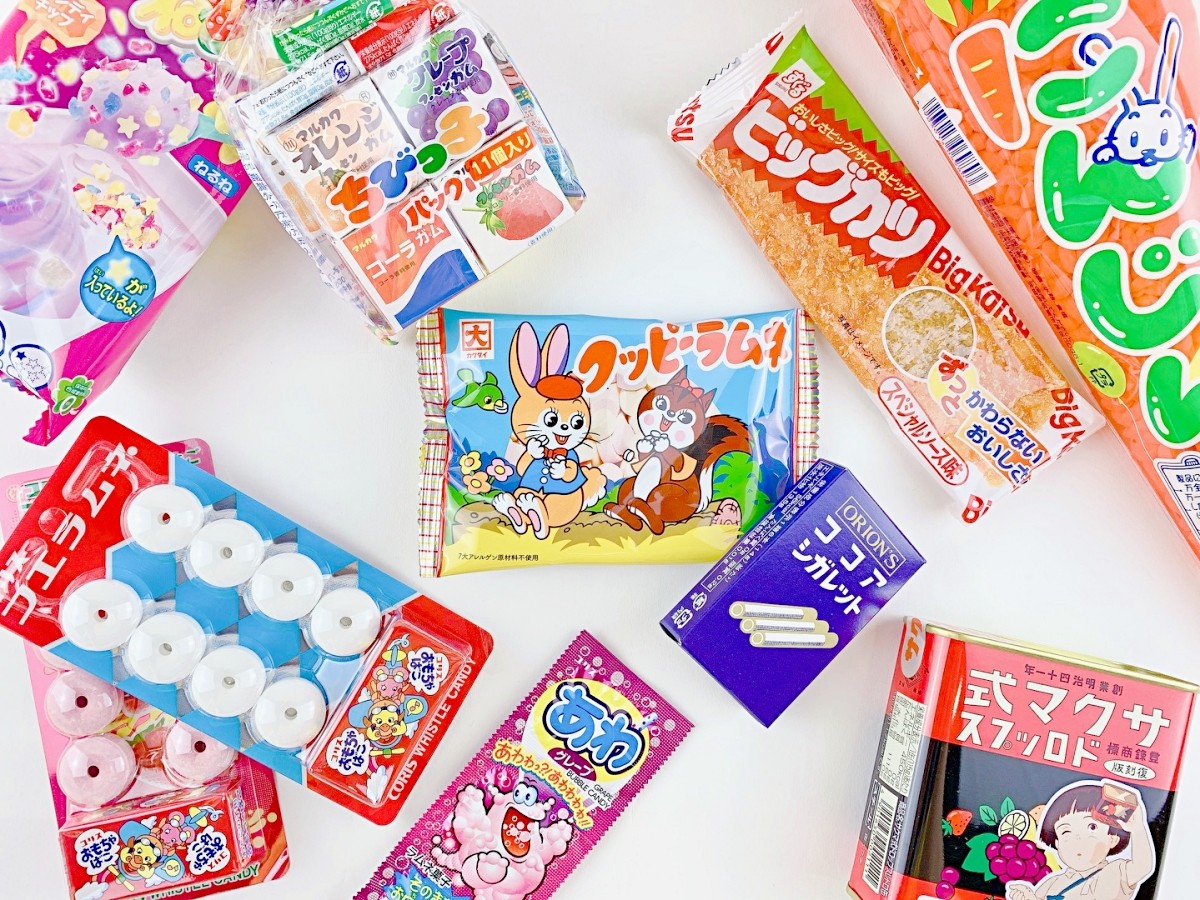
Things like "Umaibo" (a popular puffed corn snack), Ramune soda, and lottery-style candies were a treasure trove for Showa-era kids. Many adults still have fond memories of the excitement of running to a candy store with just a few coins in hand. Today, you can find recreated candy shops in tourist areas, making them a fun experience for all generations.
Sento (Public Bathhouses)
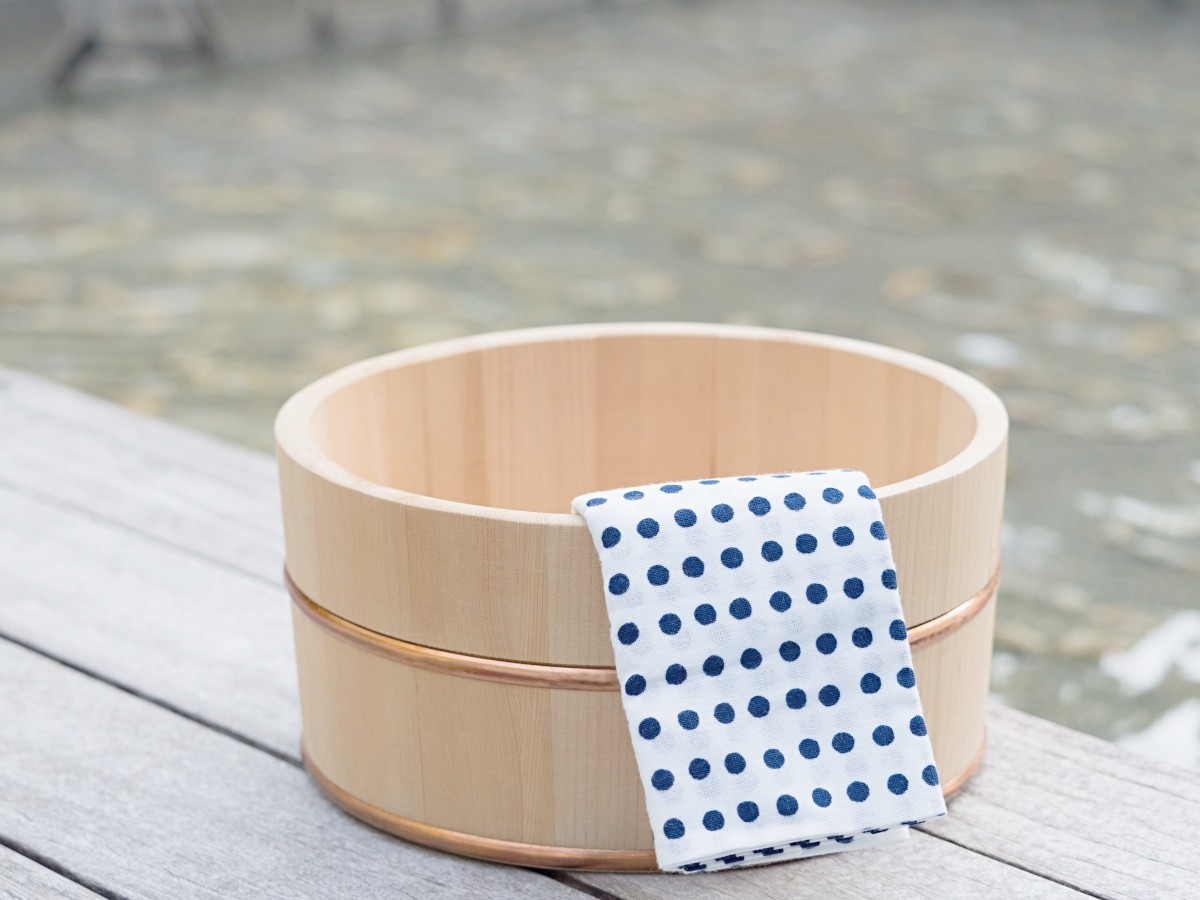
In the Showa era, public bathhouses were a place for local people to socialize and unwind after a long day. It was common to exchange greetings with the manager at the front desk and chat with others in the bath. These bathhouses, with their nostalgic Kerorin basins and the tradition of drinking milk coffee with your hands on your hips after a bath, are a rare, precious link to the past.
Retro Goods
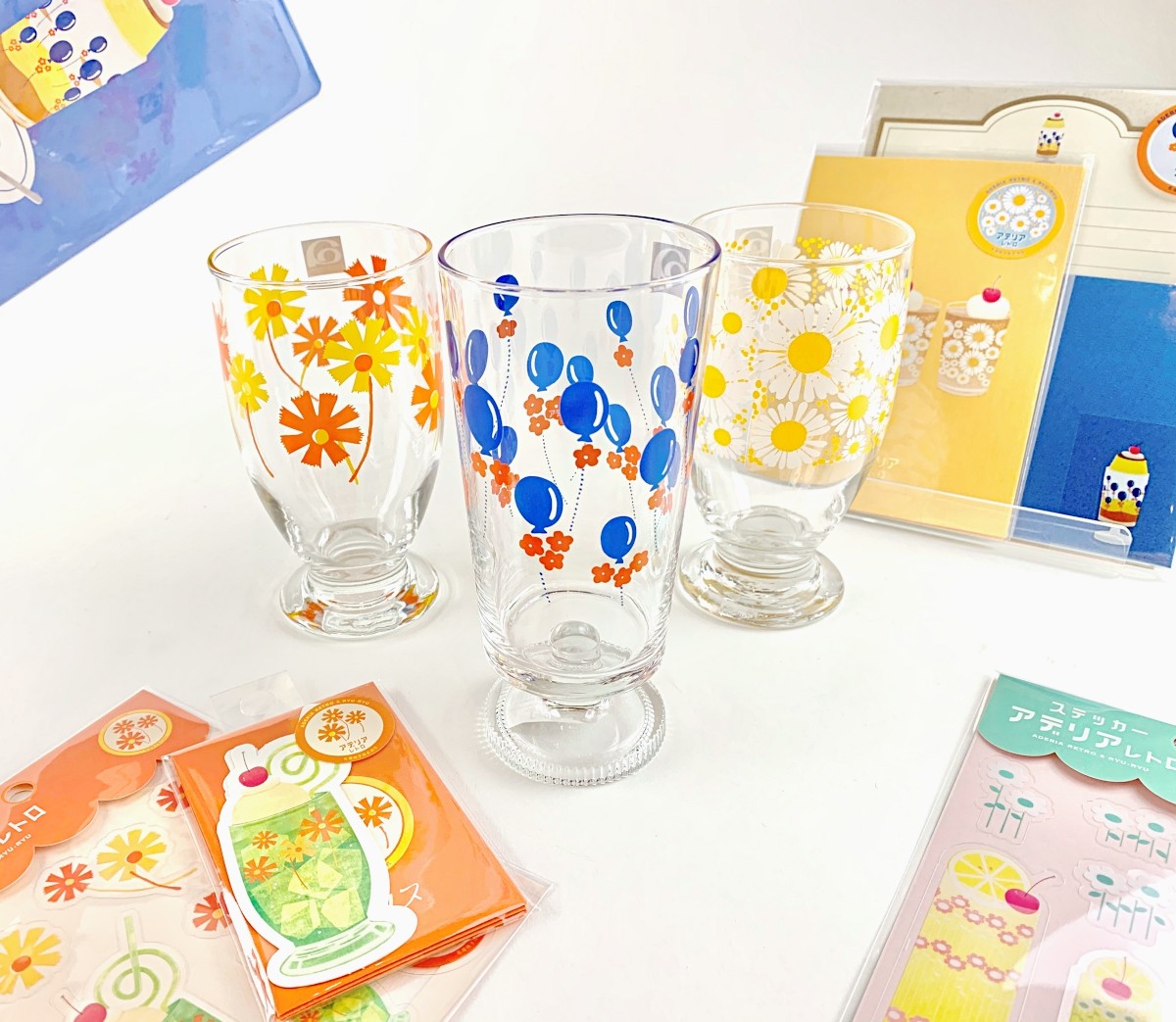
Everyday items from the Showa period, like patterned glasses and vintage vases, are being rediscovered for their unique charm. Incorporating these items into your home decor is a great way to experience the Showa retro aesthetic for yourself.
Feel Like You’ve Time-Slipped! Recommended Spots to Experience Showa Retro
To truly experience the world of Showa retro, you might want to visit some theme parks that recreate the period, or places that have kept their nostalgic atmosphere.
Here are some of my top recommendations.
【Saitama】Seibuen Amusement Park Yuhi no Oka Shopping Street
Inside the Seibuen Yuenchi amusement park, the "Yuhi no Oka Shopping Street" faithfully recreates a town from the 1950s. Lined with old-fashioned candy shops, record stores, and used bookstores, it feels just like walking onto a movie set. This spot is popular with all generations and perfect for families or couples.
- Address: 2964 Yamaguchi, Tokorozawa City, Saitama Prefecture
- Access: 2-minute walk from Seibuen Yuenchi Station
5-minute walk from Tamako Station - Official Website: Click Here
【Saitama】Tamagawa Onsen
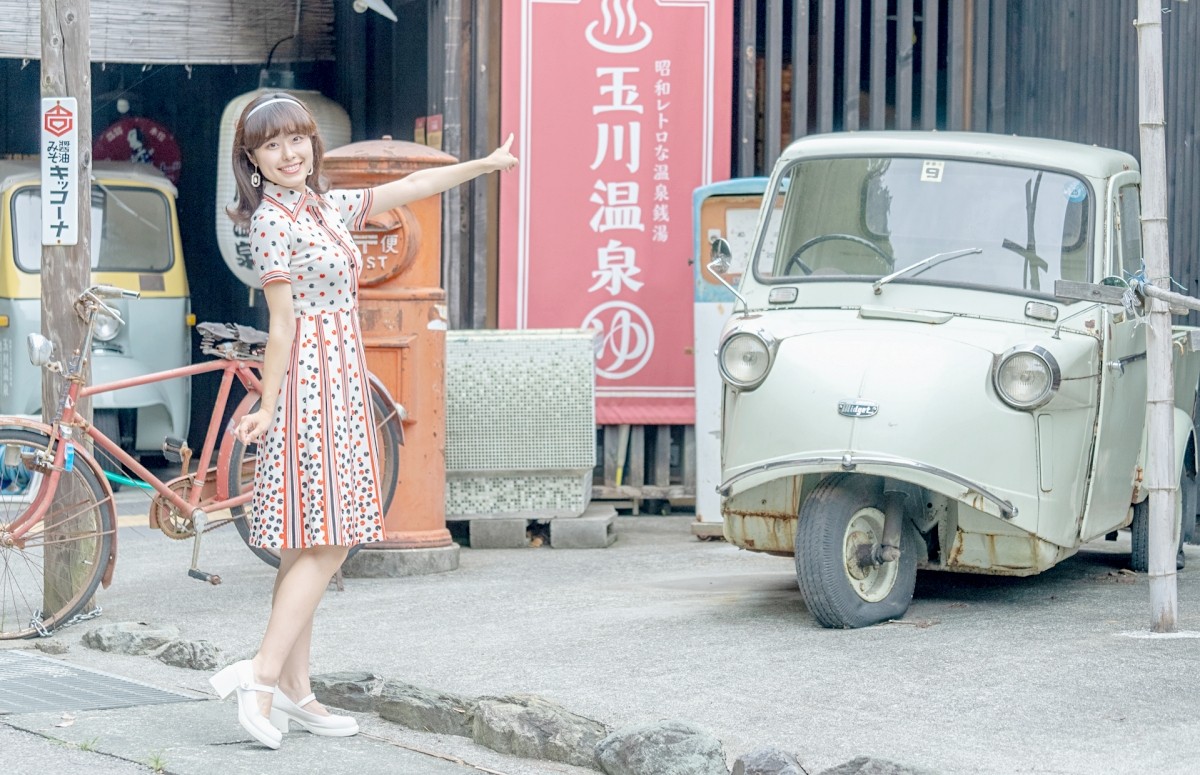
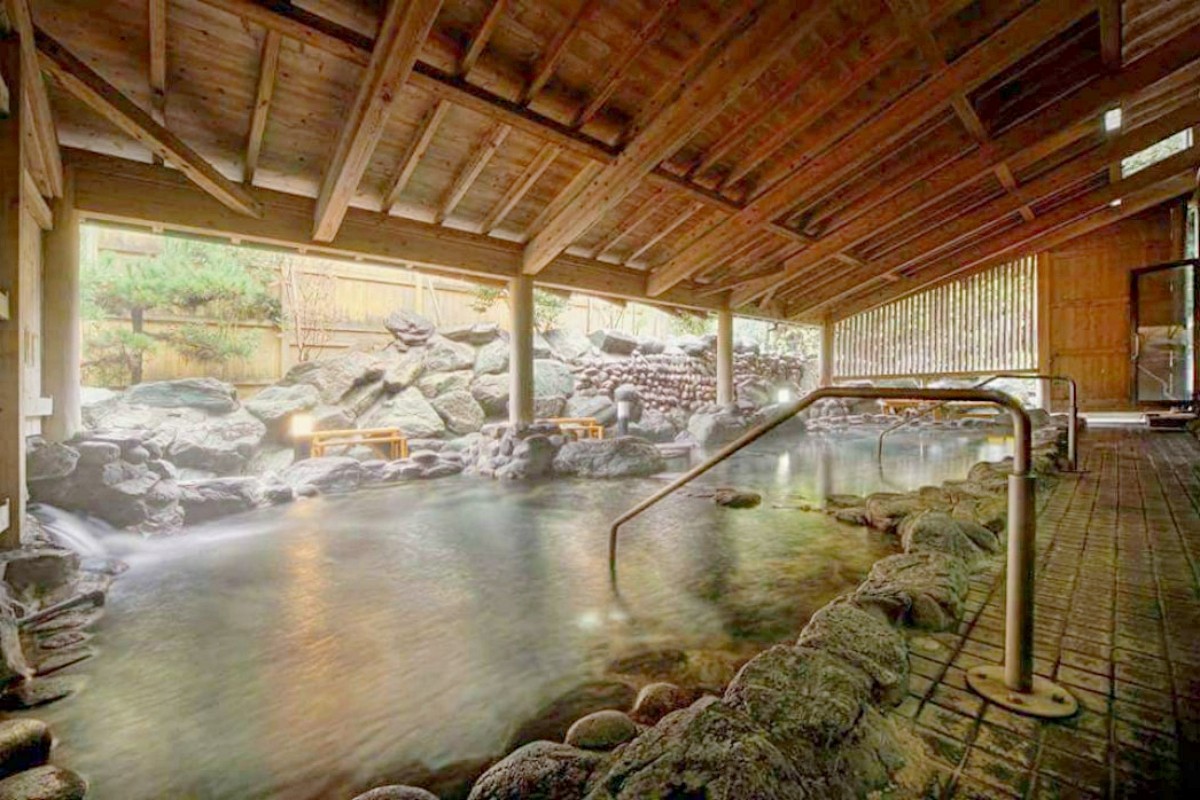
Known as a "Showa retro hot spring bathhouse," Tamagawa Onsen offers natural, free-flowing spring water and a nostalgic interior. With its tiled baths and old-fashioned relaxation areas, it's a place where you can genuinely experience the Showa era. It's the perfect way to unwind and enjoy a moment away from it all.
- Address: 3700 Tamagawa, Tokigawa Town, Hiki District, Saitama Prefecture
- Access:〈Bus〉Right after getting off at Tamagawa Onsen bus stop
- Official Website: Click Here
【Tokyo】Daiba 1-chome Shopping Street
Located inside DECKS Tokyo Beach in Odaiba, this "Daiba 1-chome Shopping Street" is a theme park-style shopping area designed to look like a Showa-era downtown. With candy stores, shooting games, and retro arcade games, it's a fun spot for all ages. Walking through the street will make you feel like you've gone back in time.
- Address: 4F DECKS Tokyo Beach, 1-6-1 Daiba, Minato-ku, Tokyo
- Access: 2-minute walk from Odaiba Kaihin Koen Station
- Official Website: Click Here
【Tokyo】Asakusa Hanayashiki
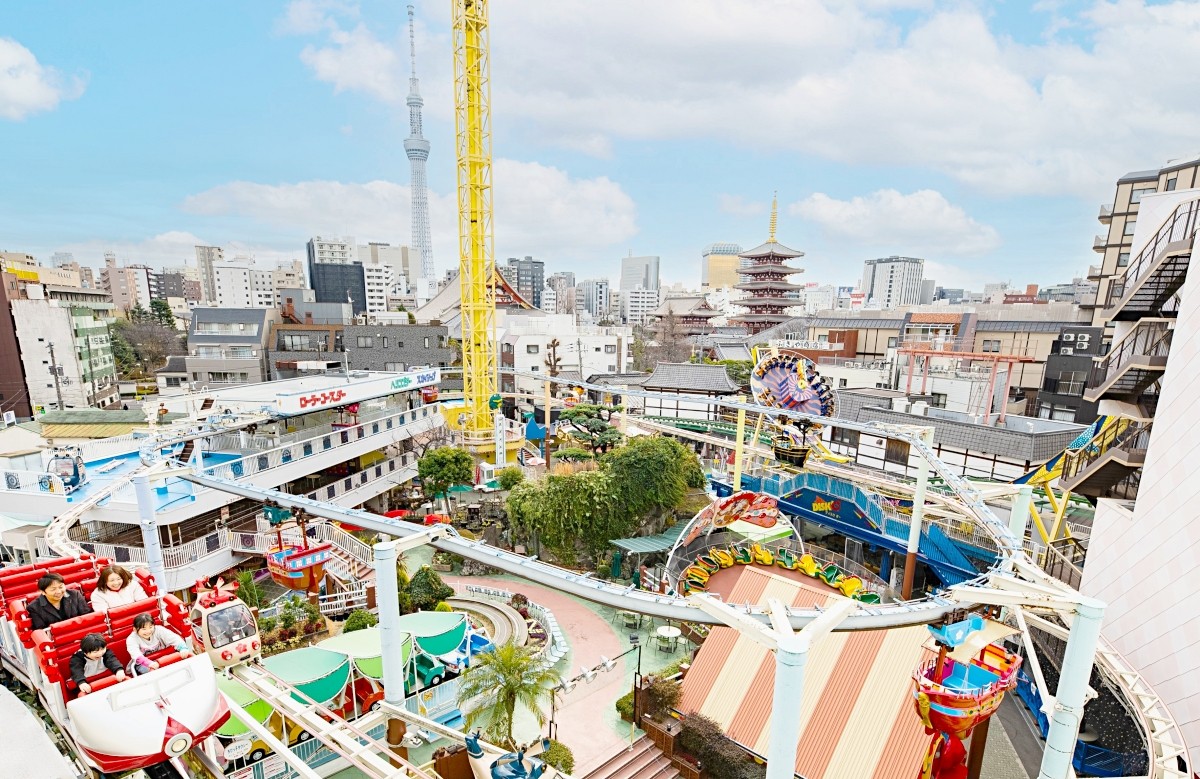
As Japan's oldest amusement park, "Asakusa Hanayashiki" retains a strong Showa atmosphere. Though small, it has many nostalgic rides, including a roller coaster and a carousel. You can combine a visit here with a trip to Sensoji (Asakusa Kannon Temple) and Nakamise Shopping Street for a mix of sightseeing and retro fun.
- Address: 2-28-1 Asakusa, Taito-ku, Tokyo
- Access: 3-minute walk from Asakusa Station
- Official Website: Click Here
【Fukuoka】Mojiko Retro
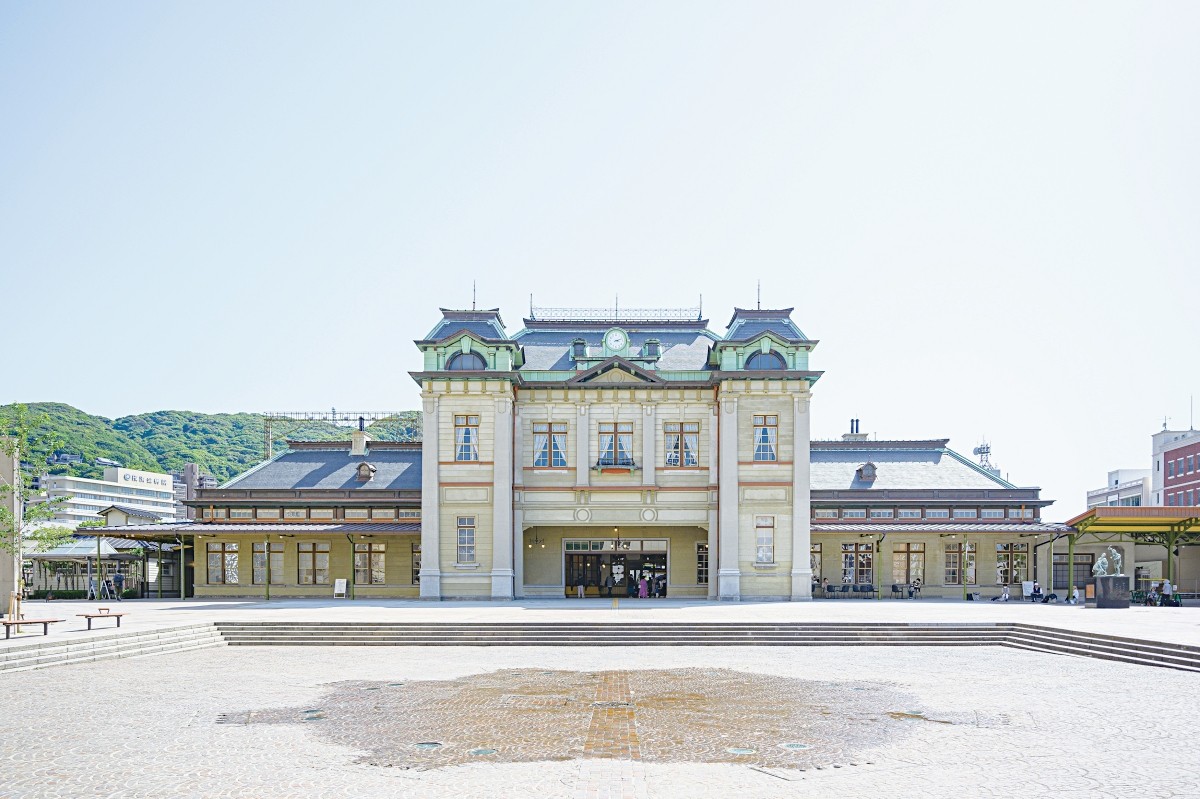
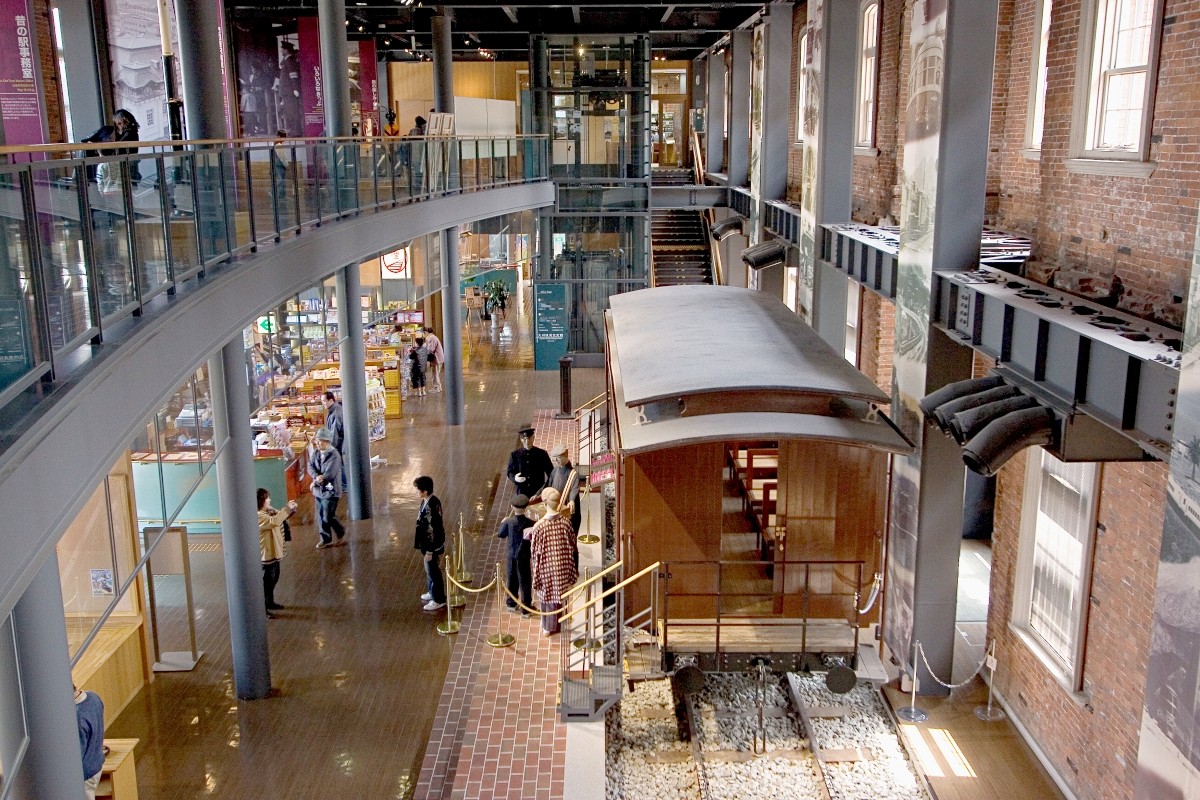
Mojiko Retro is a tourist area in Kitakyushu City, Fukuoka, featuring historical buildings from the Meiji and early Showa periods. The area is filled with red brick warehouses, Western-style houses, and the former Mitsui Club, creating a picturesque port town atmosphere. At night, the buildings are lit up, offering a different, more magical view.
- Address: Minato-machi, Moji-ku, Kitakyushu-shi, Fukuoka Prefecture
- Access: Right outside Mojiko Station
- Official Website: Click Here
Showa retro isn't just about reminiscing; it's also about rediscovering the charm of the past through a modern lens. Why not use this guide to step into the world of Showa retro yourself? You could spend a relaxing time at a classic cafe or explore a town with a film camera in hand. Find your own way to enjoy the retro era!
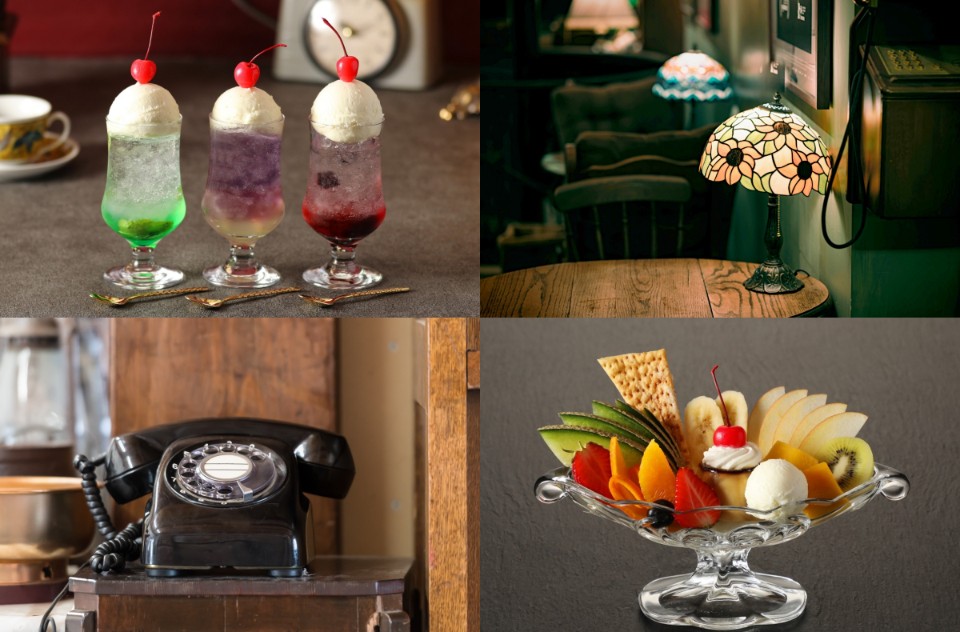
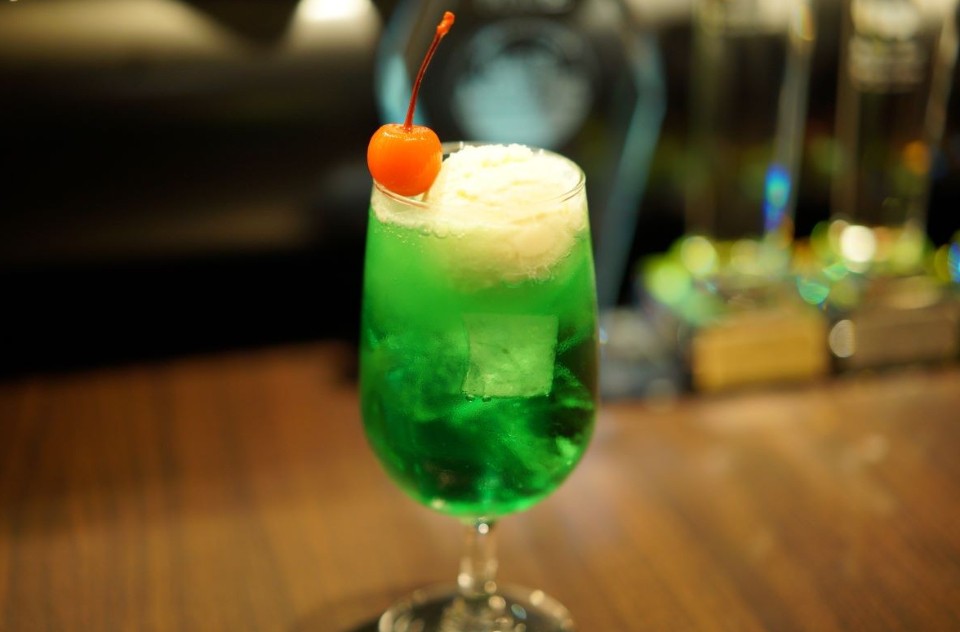
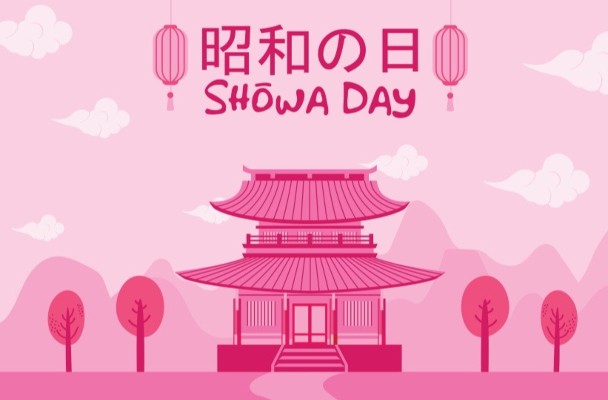
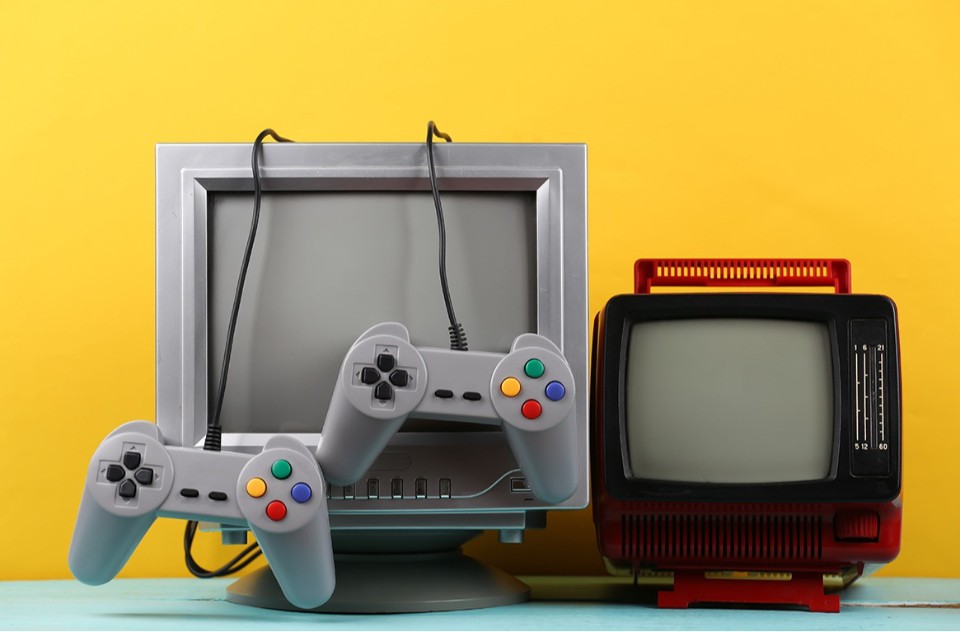
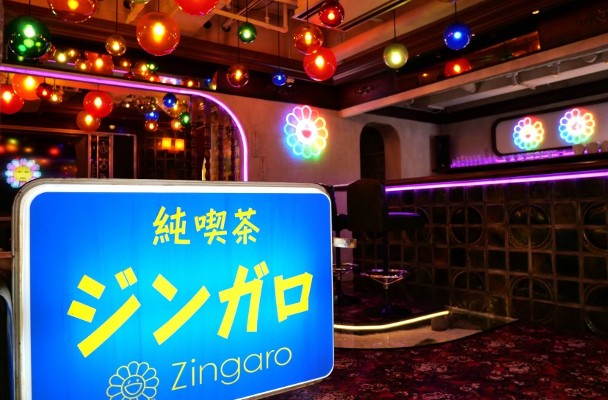
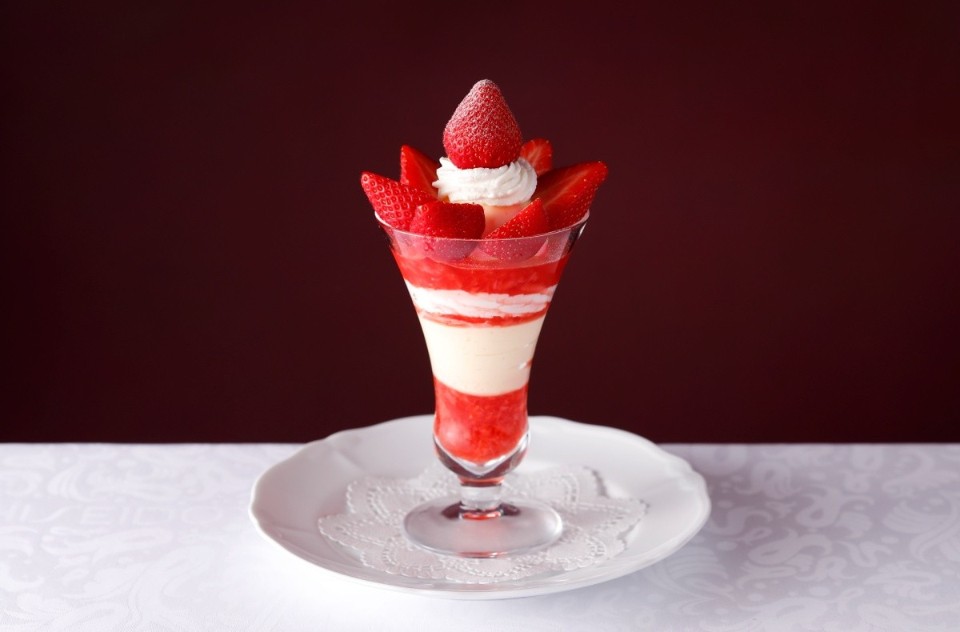
Comments